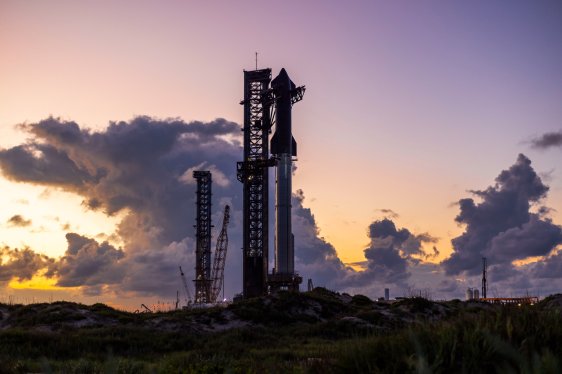SpaceX is significantly upping the ante of its Starship test flight program, with the next rocket launch expected to demonstrate payload deployment for the first time. The payload in question will be 10 Starlink ‘simulators’ that will be similar in size and weight to the next-gen satellites SpaceX plans to use Starship to deploy in space.
Starship’s Payload Capacity: A Game-Changer for Starlink
The operational version of these satellites, called V3, will likely be the first real payloads Starship flies. Indeed, bringing Starship online is the linchpin to SpaceX’s plans to more rapidly deploy its Starlink satellite constellation and reduce the costs per satellite launched. SpaceX currently launches Starlink using its workhorse Falcon 9 rocket, but the next-gen V3 satellites are expected to be much heavier than the current V2 Mini spacecraft.
Benefits of Using Starship for Starlink Deployment
Thanks to Starship’s incredible payload capacity, SpaceX has said it plans to deploy 60 V3 satellites per Starship launch, which will add 60 terabits per second of capacity to the Starlink network. Per satellite, that equals out to more than 10 times the downlink and 24 times the uplink capacity compared to the V2 Mini satellites.
Upgrades to the Rocket
In a blog post ahead of the seventh test launch, which is expected to take place later this month, the company said it is also introducing a slew of upgrades to the rocket. These include improvements to the propulsion system, avionics, and heat shield, that SpaceX says will boost reliability and performance.
Catching the Super Heavy Booster
During this test, SpaceX will also attempt to ‘catch’ the Super Heavy booster, a feat that the company accomplished for the first time during the fifth test in October. This is an essential milestone in demonstrating Starship’s ability to recover its boosters and reduce costs associated with launch.
The Road Ahead: A Faster and More Efficient Launch System
By deploying Starlink using Starship, SpaceX aims to revolutionize the way it launches satellites into space. With a payload capacity of 150 tons to Low Earth Orbit (LEO), Starship has the potential to significantly reduce the costs associated with launching satellites. This will enable SpaceX to deploy more satellites in orbit, ultimately leading to faster and more reliable connectivity for global users.
The Importance of Reliable Connectivity: A Global Imperative
The demand for reliable and fast internet connectivity is on the rise globally. With the increasing adoption of IoT devices, streaming services, and cloud computing, the need for a robust and efficient satellite network has never been greater. Starlink’s ability to provide high-speed internet connectivity to remote and underserved areas will be a game-changer in bridging the digital divide.
The Future of Space Technology: A New Era of Innovation
SpaceX’s efforts to develop Starship are not only a testament to its innovative spirit but also demonstrate its commitment to advancing space technology. As we move forward, it is clear that space exploration and development will play an increasingly important role in shaping our global economy.
Conclusion
The upcoming test launch of Starship marks a significant milestone for SpaceX as it takes the next step towards deploying its Starlink satellite constellation using the new rocket. With its impressive payload capacity and upgrades to the propulsion system, avionics, and heat shield, Starship is poised to revolutionize the way we launch satellites into space.
References:
- SpaceX Blog Post – Upcoming Test Launch of Starship
- Starlink – Official Website









